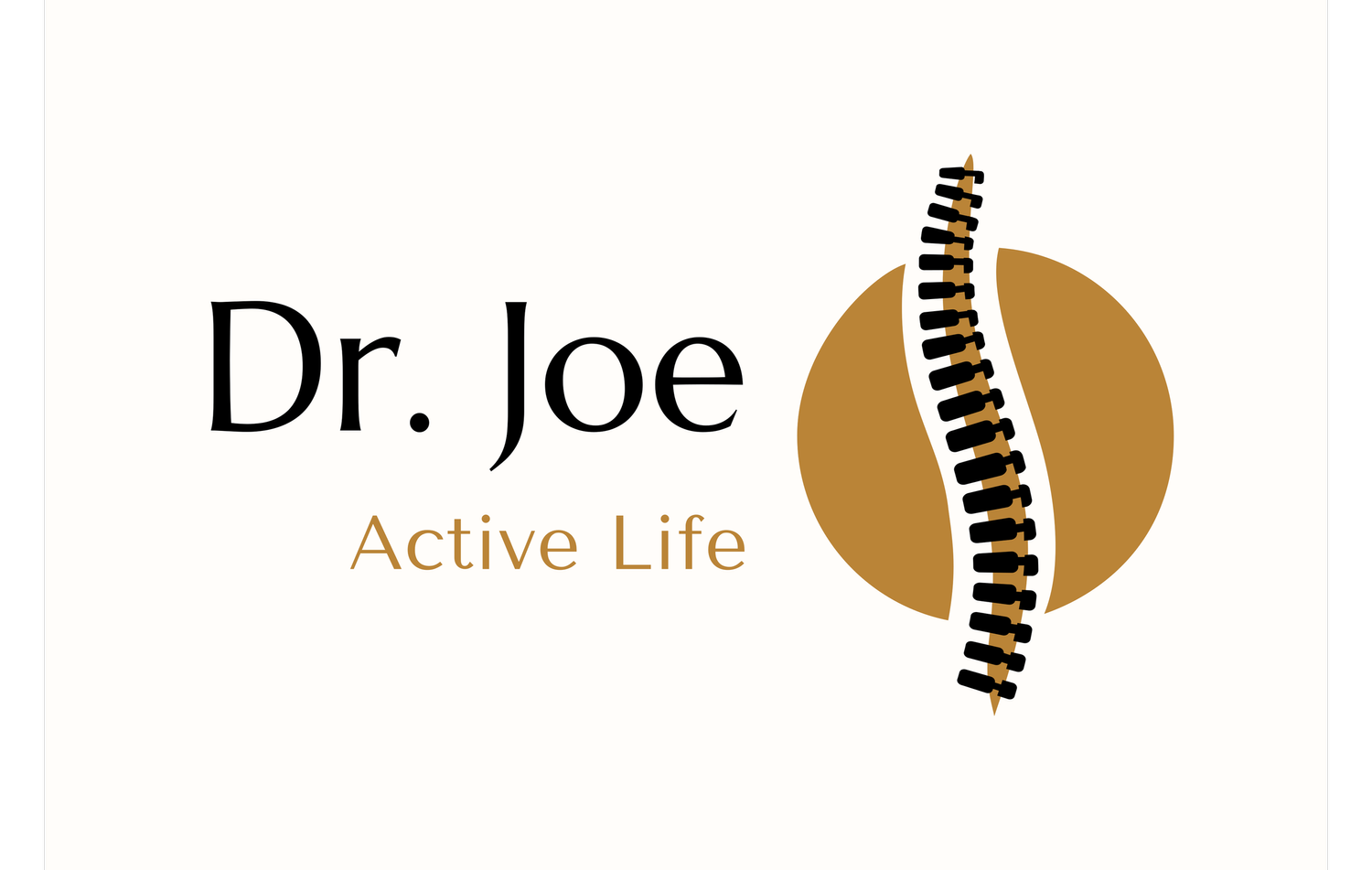Breathwork: Your Personal Tool for Stress, Anxiety, and Nervous System Regulation
Breathwork, once an esoteric ancient practice, has firmly transitioned into a widely adopted, scientifically-backed wellness tool. Its explosion in popularity is no accident, driven by solid scientific validation, unprecedented digital accessibility, and a heightened post-pandemic global focus on mental health. Moving beyond its traditional roots in yoga and meditation, breathwork is now the go-to method for managing stress and anxiety, offering a simple path to enhanced overall well-being.
The Science-Backed Shift
The growing body of evidence is finally bridging timeless wisdom with modern neuroscience. Research consistently confirms breathwork's profound effects on:
Nervous System Modulation: Studies confirm that specific breathing patterns can intentionally activate or deactivate branches of the Autonomic Nervous System (ANS), which controls involuntary bodily functions. Slow, deep breathing, for example, is a direct signal to the body to relax.
Stress Reduction: Consistent practice is shown to lower cortisol levels and improve the body's resilience to stress.
Mental Health: Conscious breathing is increasingly employed in therapeutic settings to address conditions like PTSD, anxiety, and depression.
Access is Everything: The Digital Revolution
In the past, breathwork was often limited to studio classes or expensive retreats. Today, digital platforms and apps have made it accessible to millions globally. Guided sessions, community challenges, and even AI-driven feedback personalize the experience, making consistent practice possible for anyone with a smartphone.
Expanding Horizons: Beyond the Mat
Breathwork is no longer confined to the wellness world. It's being integrated into diverse and unexpected fields:
In the Workplace: Companies are implementing breathwork sessions to help employees manage stress, enhance focus, and improve overall well-being.
For Athletes: Methods like the Wim Hof and Buteyko breathing are used to boost performance, concentration, and physical endurance.
The Mechanics of Calm: How Breathing Works
The efficacy of breathwork is rooted in its direct connection to the Autonomic Nervous System (ANS). Different techniques can selectively activate the Sympathetic Nervous System (SNS) (our "fight or flight" response) or the Parasympathetic Nervous System (PNS) (our "rest and digest" response).
Key Physiological Mechanisms:
Vagal Nerve Stimulation: Many breathwork practices stimulate the Vagus nerve, a major part of the PNS. This activation leads to a cascade of calming effects, notably increasing Heart Rate Variability (HRV), a key indicator of stress resilience.
Neurotransmitter Modulation: Regular breathwork can boost GABA (an inhibitory neurotransmitter that calms the nervous system) and increase serotonin, which plays a role in mood regulation.
Brainwave Activity: Slow, rhythmic breathing can promote alpha and theta brainwaves, associated with deep relaxation and creativity, while reducing beta waves, linked to anxiety.
Achieving Optimal Balance: The Power of Slow Breathing and HRV
Slow, conscious breathing increases Heart Rate Variability (HRV) primarily through three mechanisms:
Enhancing Respiratory Sinus Arrhythmia (RSA): Slow, deep breathing significantly amplifies the natural fluctuation in heart rate that occurs with each breath, resulting in higher HRV.
Increasing Baroreflex Sensitivity: Slow breathing strengthens the reflex that regulates blood pressure, which in turn leads to greater HRV.
Promoting Cardiorespiratory Resonance: At a breathing rate around six breaths per minute (0.1 Hz), the heart and lungs synchronize, maximizing vagal nerve activity and HRV. This state of coherence improves gas exchange and minimizes energy expenditure.
Popular Techniques to Try
Whether you are looking for instant calm or long-term nervous system strengthening, there is a breathwork technique for you:
Diaphragmatic Breathing (Belly Breathing): A fundamental technique focusing on deep abdominal breathing to fully engage the diaphragm.
Box Breathing (Four-Square Breathing): A simple four-part cycle: inhale-hold-exhale-hold, typically all for four seconds each.
The 4-7-8 Method (Dr. Andrew Weil): Inhale for 4, hold for 7, exhale for 8 seconds, often used as a sleep aid.
Alternate Nostril Breathing (Nadi Shodhana): A yogic technique that involves closing one nostril at a time, recognized for calming the mind and balancing the brain's hemispheres.
Coherent/Resonant Breathing: Maintaining a consistent rhythm of about five to six breaths per minute for optimal HRV enhancement.
The Wim Hof Method: An advanced practice integrating specific breathing techniques, cold exposure, and focused dedication for potential immune system enhancement.
By consciously controlling your breath, you gain a powerful, immediate, and free tool to regulate your nervous system and cultivate lasting well-being.

